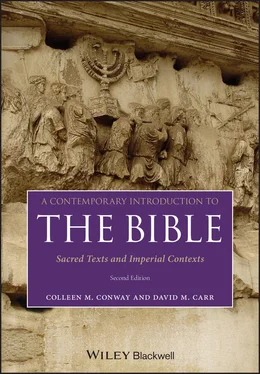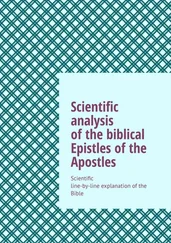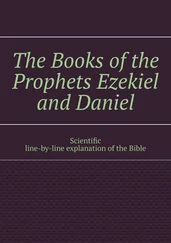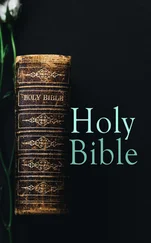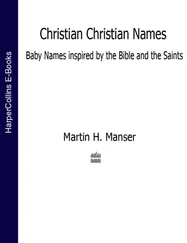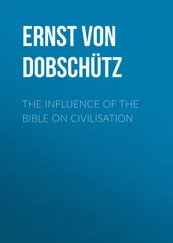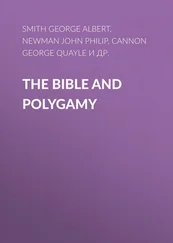5:13–18 and 5:23:The poem then details which tribal groups answered the call to battle willingly, and which did not. Six tribes came when called: Ephraim, Benjamin, Machir (related to Manasseh; Num 26:29), Zebulun, Issachar, and Naphtali. Four did not: Reuben, Gilead (perhaps in place of Gad in the standard lists of tribes), Dan, and Asher. Two southern tribes are not even mentioned: Judah and Simeon. Apparently at the time the Song was written they were not even envisioned as potential partners in this kind of military effort. Even the northern groups that appear here are clearly not unified. Only six out of ten answered the call to battle. Indeed, from the initial call to praise those who volunteered (5:2) to the contrast of those who volunteered and those who did not (5:13–18), much of Deborah’s song seems aimed at encouraging the separate tribes to affirm their common destiny. It calls on villagers to sing praises to God for a victory where six tribes joined together to defeat – with God’s help – the mighty forces of Sisera. And it soon calls on them to curse “Meroz,” an unknown group who failed to answer the call (5:23).
5:19–22:The actual description of the battle occurs only in these four verses. They move beyond the conflict between Israel and Sisera to juxtapose the “kings of Canaan” with their horses on the one hand with the cosmic powers of Yahweh on the other. The kings may have the superior military technology, but they have no chance against the power of stars fighting from heaven and the force of the Kishon River (5:19–21). Soon the once powerful stallions were fleeing (5:22).
5:24–31:In two scenes, 5:24–7 and 28–30, the poet concludes with vignettes about the aftermath of the battle. The first blesses Jael, of the Kenites, for aiding in the effort by cleverly tricking Sisera into enjoying her hospitality and then killing him with a mallet (5:24–7). Again, there is an element of the trickster here, since hospitality is otherwise celebrated as a profound value, not just in surrounding cultures, but in Israelite traditions as well. Nevertheless, Jael welcomes Sisera into her tent and feeds him, before killing him. Like a slow-motion movie, the poetry uses repetition to focus in on the moment.
Between her feet he sank, he fell, he lay.
Between her feet he sank, he fell.
Where he sank, there he fell, destroyed. (Judg 5:27)
Meanwhile, in 5:28–30 the poet offers another vision featuring a woman, this time, the mother of Sisera, waiting for him to return triumphant from battle, not knowing of his recent death. As she wonders at his delay, her “wise women” speculate that he is probably delayed by dividing spoil: a few Israelite maidens for each warrior and some nice cloth to bring back to the women at home.
In this way, “Deborah’s song” uses two scenes involving women to illustrate the contrast between the destinies of Yahweh’s friends and enemies. Yahweh’s enemies will perish and their women (like Sisera’s mother) will mourn, but those who join in the effort to fight, like Jael, will be “like the sun when it rises with all its might” (5:31).
This belief in the triumph of the people that God chooses is an early form of what is often termed “ election theology” – that is, the idea that God has chosen a particular people to care for and defend. This idea is present in the affirmation of the exodus tradition that Yahweh delivered Israel from Egypt. And it is implicit in the stories of God’s protection and provision for Israel’s trickster ancestor, Jacob, and his family. In all these traditions, God chooses not a place, nor a territorial nation, but a people, and protects them against seemingly impossible odds. This belief in God’s choosing of a particular people, rooted in tribal traditions like the Song of Deborah and the exodus story, is a fundamental bedrock of later Israelite theology, especially in the northern part of Israel. Moreover, this idea of the distinctiveness and chosenness of a people , election theology, may have distinguished early Israel from some of the monarchal nation-states that surrounded it. Those states were more focused on how their gods chose a particular city and/or royal-priestly dynasty.
The Creation of “Israel” Through Cultural Memory of Resistance to Domination
All this is a prelude to the gradual creation of the Hebrew Bible. At this point in the history of Israel no books, not even chapters, had been written. “Israel” was only a very loose association of village-tribal groups. These villages shared, however, a common way of life. They aided each other in times of famine, and charismatic leaders such as Deborah rose up in times of crisis to fight common enemies. Whatever their diverse origins, these villagedwellers came to claim a common story of liberation from Egypt. They claimed a common ancestor, Jacob, along with the rest of his trickster family. And through poems like the Song of Deborah, they celebrated those occasions where they joined together to experience Yahweh’s deliverance against the more powerful city-states around them.
Some scholars, such as Maurice Halbwachs ( On Collective Memory [Chicago: University of Chicago Press, 1992]) and Jan Assmann ( Religion and Cultural Memory [Stanford: University of Stanford Press, 2005]), have argued persuasively that such common memories are what form groups of people. Such cultural memoryis reinforced through parental teaching, schools, festivals, and other practices in which people in groups recite or act out their common heritage. For example, national holidays, such as July 4 in the United States, are occasions when national identity is reinforced through various festivities, in this case marking the day when the nation was born. New citizens are required to learn the common story before they can become “Americans.” Similarly, the worship year in Jewish synagogues and Christian churches continually reminds those communities of their stories, having them relive the events of the Torah (for synagogues) or the life of Jesus (for churches) and reinforce their sense of a particular religious identity. You become a “Jew” or “Christian” partly through learning the story of that group and claiming it as your own.
We do not know exactly how the oral versions of the texts about exodus, Jacob’s family, and Deborah’s victory were used, but they appear to have served a similar purpose in helping to create and reinforce a sense of common “Israelite” identity out of varied groups. Whether taught to children, recited at clan worship, sung at festivals, or used in some other way, the ancient oral traditions discussed in this chapter helped turn the people living in the hill country of Syria-Palestine into the “Israelites” who would create the later Bible.
The shared oral memories discussed in this chapter made for a particular kind of community: one that celebrated powerful work by God on the one hand and the clever action of tricksters on the other. In the midst of the pluralistic Canaanite religious environment, these traditions praise the liberative work of Yahweh, a god known from the southern deserts. Yet they also celebrate Israelite resourcefulness and wit. In particular, they empower people living on the margins by celebrating clever underdogs such as Jacob or Jael. Women are quite prominent in these traditions, as mothers, tricksters, and even military leaders (Deborah). Meanwhile, “kings” and their representatives are the opponents in these village-culture traditions, whether Pharaoh or Hazor’s general Sisera.
Even when Israel developed writing, the stories of these oral traditions – in highly varied forms – continued to be told and sung among Israelites, many of whom never learned to write. We must keep in mind that our written Bible is but the tip of the iceberg of a largely lost oral tradition in ancient Israel. The process started not with writing, but with telling tales of Israelite liberation, survival, and victory.
Читать дальше
